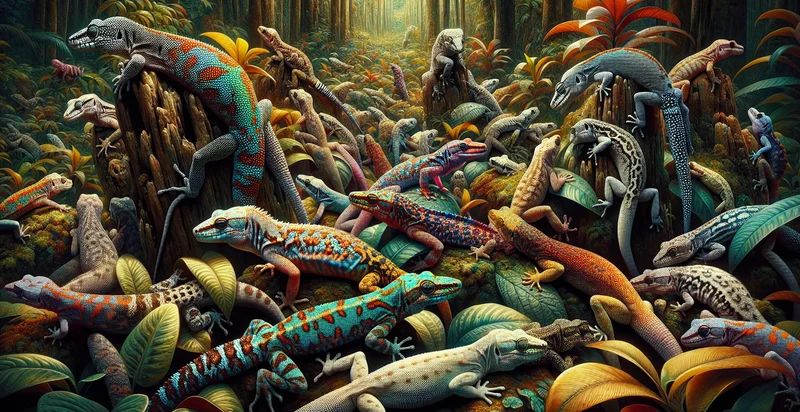Identify dinosaur species
using AI
Below is a free classifier to identify dinosaur species. Just upload your image, and our AI will predict which dinosaur species it is - in just seconds.

Contact us for API access
Or, use Nyckel to build highly-accurate custom classifiers in just minutes. No PhD required.
Get started
import nyckel
credentials = nyckel.Credentials("YOUR_CLIENT_ID", "YOUR_CLIENT_SECRET")
nyckel.invoke("dinosaur-species-identifier", "your_image_url", credentials)
fetch('https://www.nyckel.com/v1/functions/dinosaur-species-identifier/invoke', {
method: 'POST',
headers: {
'Authorization': 'Bearer ' + 'YOUR_BEARER_TOKEN',
'Content-Type': 'application/json',
},
body: JSON.stringify(
{"data": "your_image_url"}
)
})
.then(response => response.json())
.then(data => console.log(data));
curl -X POST \
-H "Content-Type: application/json" \
-H "Authorization: Bearer YOUR_BEARER_TOKEN" \
-d '{"data": "your_image_url"}' \
https://www.nyckel.com/v1/functions/dinosaur-species-identifier/invoke
How this classifier works
To start, upload your image. Our AI tool will then predict which dinosaur species it is.
This pretrained image model uses a Nyckel-created dataset and has 40 labels, including Tyrannosaurus Rex and Velociraptor.
We'll also show a confidence score (the higher the number, the more confident the AI model is around which dinosaur species it is).
Whether you're just curious or building dinosaur species detection into your application, we hope our classifier proves helpful.
Related Classifiers
Need to identify dinosaur species at scale?
Get API or Zapier access to this classifier for free. It's perfect for:
- Museum Curation: Museums could use this function to identify dinosaur species from images of their bones or fossils. It could make the process of categorization and labelling quicker and more accurate.
- Educational Apps: Educational apps catered towards children or students can implement this function. By simply scanning an image of a dinosaur, the app could provide detailed information about the species, aiding in interactive learning.
- Archeological Discovery: Archeologists in the field can use this function to quickly identify dinosaur species during exploratory missions or digs. This reduces turnaround time for species identification, allowing for quicker, more effective field work.
- Toy Manufacturing: Toy manufacturers could utilize this function to verify the accuracy of their dinosaur models during the design and production stages. This ensures that they are creating scientifically accurate, educational toys for children.
- Theme Park Attraction: A dinosaur-themed park could use this function in their interactive experiences, allowing visitors to scan dinosaur replicas and instantly learn about the species they're observing.
- Dinosaur Trading Cards: A company producing collectible dinosaur trading cards could use this function to verify the images they are using on their cards correspond to the correct dinosaur species.
- Book Publishing: Educational book publishers could use this function to ensure that every dinosaur image in their material is accurately labelled with the correct species, avoiding potential errors and enhancing the educational value of their publications.


